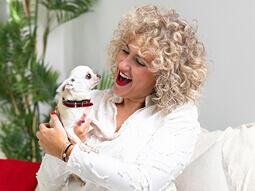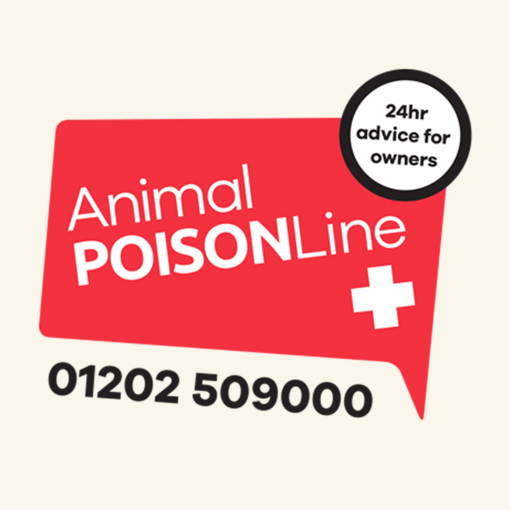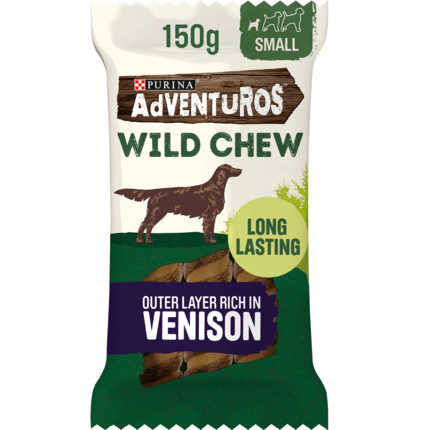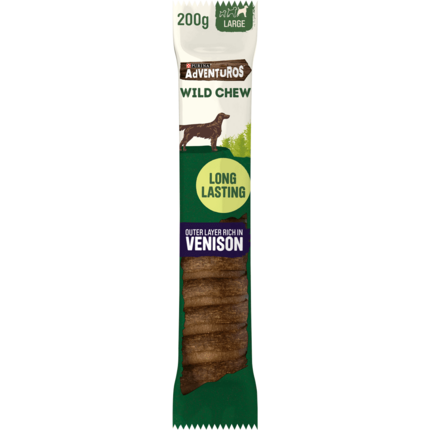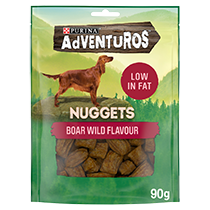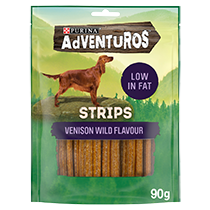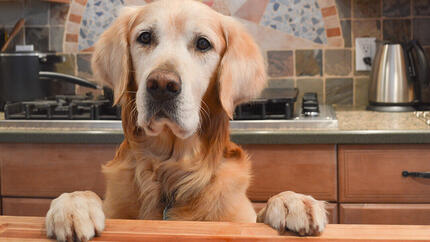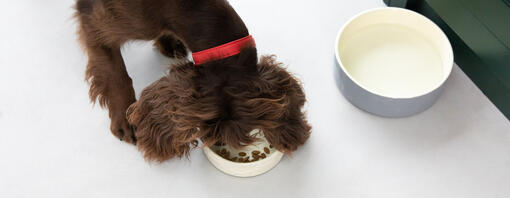
Asking yourself ‘what do dogs eat’ for the picky eater who’s always turning their nose up when dinner is served? Or are you just looking to spoil your pooch with the most delicious canine meals ever? Here are some great food ideas for dogs.
Does the way to a dog’s heart go through their stomach? If so, it’s sometimes difficult for owners to find the right path. Since we can’t ask our four-legged friends directly, we need another way to find out what dogs like to eat. Luckily, thanks to pet nutrition experts, we do have a good idea about the foods that a dog’s taste buds will love and their tummies will approve of.
If you’re wondering what makes your pet’s tail wag in pure joy at dinner time, here is all you need to know about what their favourite meals are made of.
Are dogs omnivores?
Dogs are classified as omnivores, which means they can satisfy their nutritional needs by consuming both meat and plant-based foods. Our canine friends can digest both animal proteins and carbohydrates, and some aspects of their metabolism have more in common with other omnivores like us than the carnivorous cat.
Plus, their molar teeth can just as easily chew on a bone as grind down plant material, and their intestine length sits somewhere between the shorter guts of carnivores and longer herbivore ones.
Are dogs carnivores?
While dogs are technically classed as omnivores, they’re often thought of as carnivores. After all, dogs are members of the order Carnivora, and wolves, their closest relatives, consume mostly meat. However, dogs are not wolves. After about 15,000 years of co-habitation with us humans, dogs have become well adapted to a diet that, like ours, combines meat and plant-based ingredients.
So, if you want to keep your dog’s taste buds satisfied while offering them balanced meals, make sure you include both in their diet.
What do dogs eat?
But what exactly do dogs like to eat? To help you answer this question, we’ve put together a list here. Many of these foodstuffs will be ingredients in your dog’s normal diet, and you can also give some as an occasional treat.
It’s important to recognise that each of the foods below will not contain everything your dog needs to keep happy and healthy, so feeding just one food type exclusively (even meat) can result in nutritional deficiencies. Only by carefully combining different foods to give the right amounts and proportions of nutrients can you achieve a balanced diet. So to keep your canine friend in good condition, feed them a complete and balanced dog food, and remember that treats should not make up more than 10% of their total calorie intake.
Here are a few ideas of foods that dogs like to eat:
Chicken, beef, turkey, venison – the list goes on. They all contain proteins and vitamins, plus your pup will go head over paws for their flavours too. If you’re giving a bit of meat as a treat, always offer it cooked, but avoid adding condiments or seasoning. As regards your dog’s normal diet, look out for a dog food that is specially formulated for your pet’s needs. Meat is the first ingredient in Purina dog food recipes, and these are available in many different flavours, so you can always choose your pet’s favourite.
Dogs are known to enjoy the occasional slice of cheese. So, if you want to reward your dog for their good behaviour, they’ll be happy that you picked cheese as their treat. Be careful not to go overboard though, as cheese is high in fat and its dairy content might not sit well with lactose-intolerant pups. As always, check with your vet before sharing a block of cheese with your four-legged friend. Find out more about feeding cheese to your dog in our article.
Sometimes the answer to the question ‘what do dogs like to eat’ is a surprising one. Pets sometimes love to dip their whiskers in the fruit bowl. Dogs can eat strawberries, or they might enjoy citrusy treats so you can feed your pet an orange slice as well. Plus, dogs often love blueberries when it comes to treat time. However, fruits have a high sugar content, which makes them more suitable for a once-in-a-while treat than for regular meals. When you’re feeding fruit, always remember to use small bite-sized pieces so they’re not a choking hazard. Don’t forget that grapes are toxic to dogs, so avoid feeding your pet fresh grapes or the dried version of the fruit, raisins.
Carrots, broccoli or green beans might not be the first things that come to mind when looking for food that dogs like to eat, but if these vegetables are on the menu, your dog might want to give them a try. Vegetables are often quite filling and relatively low in calories, so if your dog is interested, offer them a bite. As long as you avoid vegetables such as onions and garlic which are dangerous to dogs and you’ve got the go-ahead from the vet, this food group can make for a good occasional treat. Again, always use small pieces to reduce the risk of choking.
Peanut butter is full of protein and is a delicious addition to both human and canine diets. A spoonful of unsweetened peanut butter without any additives can make a great dog treat when offered in moderation. It’s best to avoid peanut butter that contains salt or sugar, and never use products that contain Xylitol sweetener as this is poisonous to dogs – so make sure to read the label before offering your dog this creamy treat.
Although it is not recommended to feed your dog eggs every day, they do make a great nourishing treat every once in a while. Hard boiled eggs are usually the best way to let your pet enjoy this popular human food. Cut the egg into chunks and mix it up with their usual meal. Remember to avoid raw eggs though, as these come with the risk of bacteria such as Salmonella.
The easiest answer to the question ‘what do dogs like to eat’ is ‘dog food’. Whether dry or wet, complete commercial dog foods are created using carefully-selected ingredients and specially-formulated recipes to make your dog’s meals as delicious as they are nutritious. Every nutrient comes in just the right quantity to achieve a healthy balance. Try out a few different flavours to see which one your dog likes best.
What do dogs like to eat, but shouldn’t?
Sometimes, dogs will try to get their paws on completely the wrong thing. Here are some of the foods that are best kept out of your dog’s bowl, even when they’re keen to try them out.
Your dog can eat raw meat or raw eggs, but there are a few reasons why they shouldn’t. Harmful bacteria are destroyed in the process of cooking, which is why it’s recommended to opt for the cooked version of meat and eggs. Plus, the bacteria can infect humans too, so it’s best to be safe and not give in to puppy eyes until after the meal has been thoroughly cooked.
Feeding your dog table food is one of the unspoken rules of many households, but it can be a bad idea. If scraps are offered in addition to regular meals, your dog might be getting more calories than they need, and may become overweight. If scraps make up too much of your dog’s daily food intake, they could also unbalance a balanced diet.
Also, not all human foods are beneficial to dogs. Just think of all the oils, condiments and sauces that make our meals so delicious – none of these are recommended for a dog’s diet. What’s more, some common human foods such as onions are toxic to dogs, so it’s safer to avoid giving your dog food scraps as a general rule.
Yes, you’ve read that right. There are quite a few dogs that can’t help but raid the cat’s dinner. Although dogs can eat cat food, it is not recommended. Cats and dogs have different nutritional needs, meaning that cat food tends to be higher in fat and protein than dog food. Given the different nutritional content, dogs who gobble down their feline friend’s dinner may have a tummy upset if they have a sensitive stomach. If dogs are fed cat food long term, they may be more at risk of obesity or digestive problems such as pancreatitis. This is why it’s better to discourage any interest your dog might have in the cat’s food.
Our gardens are full of seemingly harmless plants – that is, until our pets want to take a bite. Keep your dog away from tomato and potato leaves and stems as they can be toxic. There are also many other plants dogs should completely avoid – check out our list of poisonous plants for dogs and discover other harmful substances and foods in our article.

